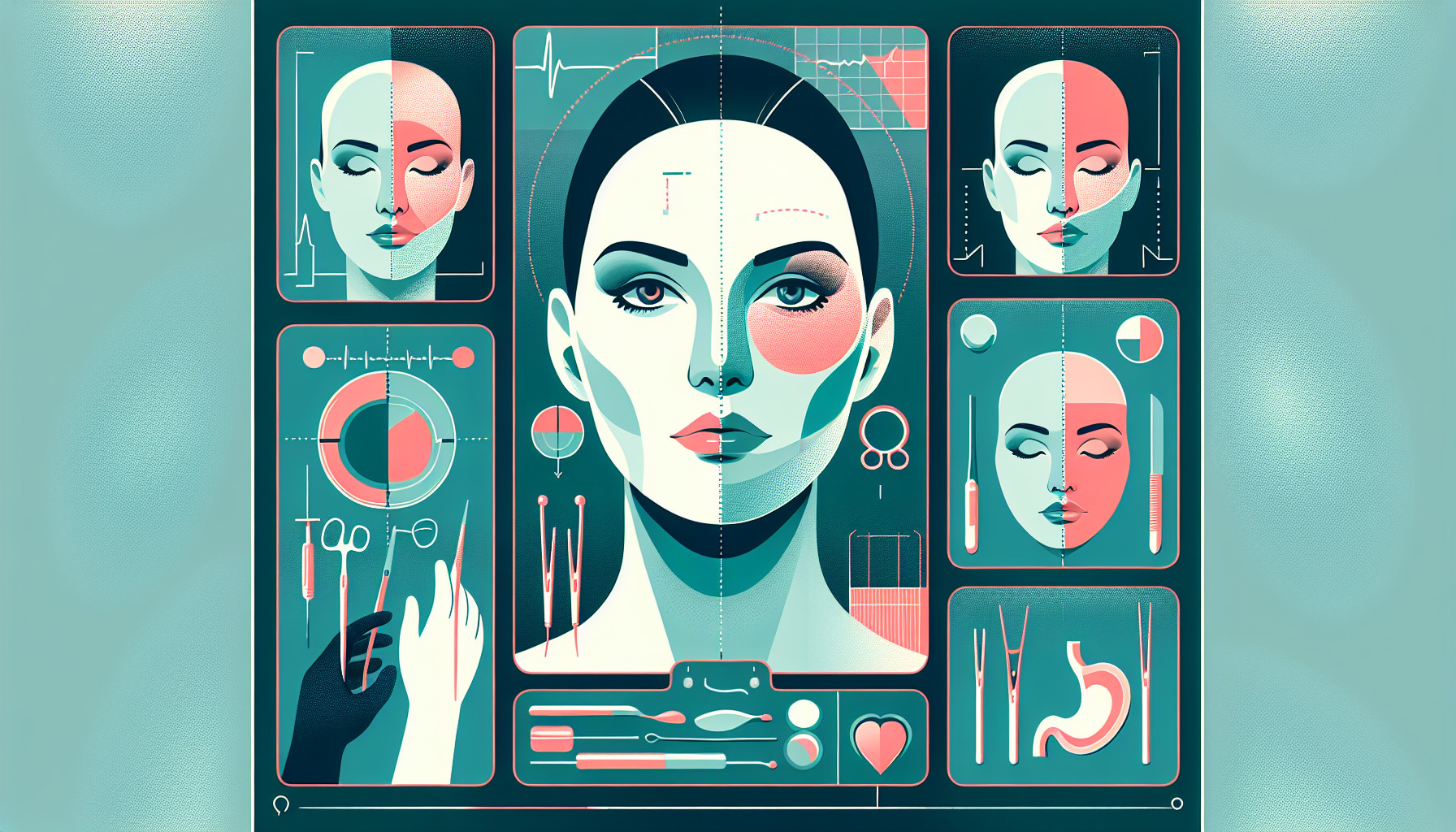Our Summary
This research paper discusses recent advancements in the field of craniofacial imaging, which is used in facial plastic and reconstructive surgery. Traditional methods are still commonly used, but new technologies like 3D photogrammetry, smartphone-based scanning, and artificial intelligence (AI) have been introduced to the field. 3D photogrammetry allows for more detailed modeling of the skull in a safe and non-invasive way, and smartphone technologies have made this type of imaging more accessible and affordable, with less radiation exposure. AI is being used to improve diagnostic accuracy by creating synthetic data and enhancing the detection of specific landmarks on the skull. These new technologies are improving the care patients receive before and after surgery by allowing for more precise planning and assessments. As these technologies continue to develop, they are expected to become the new norm in evaluating craniofacial abnormalities.
FAQs
- What new technologies are being introduced to the field of craniofacial imaging?
- How are artificial intelligence and 3D photogrammetry improving the process of craniofacial surgery?
- What are the benefits of using smartphone-based scanning in craniofacial imaging?
Doctor’s Tip
A doctor may advise a patient undergoing craniofacial surgery to follow post-operative care instructions carefully, including keeping the surgical site clean and avoiding strenuous activities that may put strain on the area. It’s important to attend all follow-up appointments to monitor healing progress and address any concerns that may arise. Additionally, maintaining a healthy lifestyle, including a balanced diet and regular exercise, can help support the healing process and overall well-being.
Suitable For
Patients who are typically recommended for craniofacial surgery include those with congenital anomalies such as cleft lip and palate, craniosynostosis, and craniofacial microsomia. Additionally, patients with traumatic injuries to the face and skull, as well as those with facial deformities due to tumors or other medical conditions, may also benefit from craniofacial surgery. The goal of craniofacial surgery is to improve both the function and appearance of the face and skull, and these advancements in imaging technology are helping to achieve better outcomes for these patients.
Timeline
Before craniofacial surgery:
- Initial consultation with a craniofacial surgeon to discuss the patient’s concerns and goals for surgery.
- Diagnostic imaging such as X-rays, CT scans, and MRI scans to assess the extent of the craniofacial abnormalities.
- Pre-operative appointments with the surgical team to discuss the surgical plan, potential risks, and expected outcomes.
- Psychological evaluation and counseling to ensure the patient is mentally prepared for the surgery and recovery process.
After craniofacial surgery:
- Immediate post-operative care in the hospital, including monitoring for any complications and managing pain.
- Gradual recovery process at home, including follow-up appointments with the surgical team to monitor healing progress.
- Physical therapy and rehabilitation to help regain strength and function in the affected areas.
- Psychological support to help the patient adjust to their new appearance and address any emotional challenges.
- Long-term follow-up care to monitor the results of the surgery and address any potential issues that may arise.
What to Ask Your Doctor
- What specific craniofacial abnormalities do I have and how will surgery address them?
- What are the potential risks and complications associated with craniofacial surgery?
- How long is the recovery process and what can I expect during that time?
- What are the expected outcomes of the surgery and what kind of results can I realistically expect?
- Are there any alternative treatment options for my condition?
- How many craniofacial surgeries have you performed and what is your success rate?
- What kind of post-operative care will I need and what is the follow-up process like?
- Will I need any additional procedures or treatments after the initial surgery?
- How will my appearance change after the surgery and how will it affect my daily life?
- Are there any long-term effects or considerations I should be aware of?
Reference
Authors: Viaud-Murat E, Patel D, Tatum SA. Journal: Curr Opin Otolaryngol Head Neck Surg. 2025 Aug 1;33(4):266-270. doi: 10.1097/MOO.0000000000001062. Epub 2025 Jun 12. PMID: 40536493
